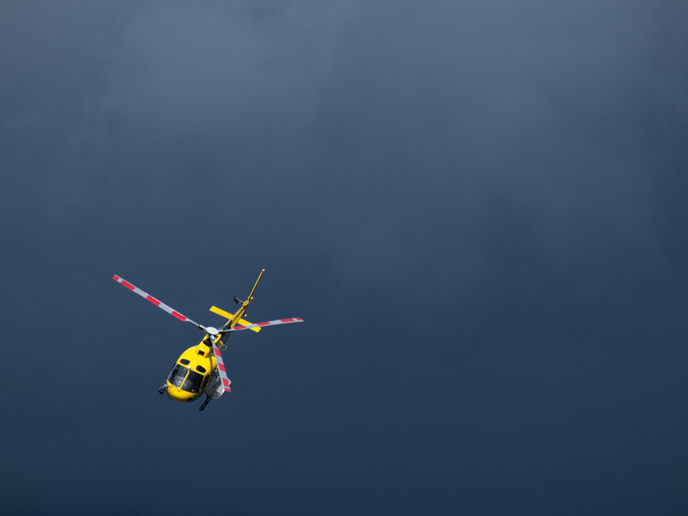Lighter, greener, safer: The next generation of fuel bladders
The European aviation industry accounts for 3 % of global CO2 emissions – a figure that is expected to rise in the future. With the aim of improving the environmental performance of aircraft, the Clean Sky programme put into place ambitious targets to develop breakthrough technologies that will significantly reduce aircraft emissions and noise levels while strengthening European aero-industry collaboration, leadership and competitiveness. As part of the second phase of this programme, a tilt rotor and a compound rotorcraft are planned. Supporting the rotorcraft of the future, the EU-funded ACTIonRCraft project set out to design, develop and manufacture anti-crash lightweight fuel bladder tanks with a low environmental footprint. “These tanks will integrate Safran Aerosystems' robust, light and eco-friendly novel technologies that include a functionalised liner, lighter fabric and solvents and will be tested, verified and validated for the high-speed compound helicopter,” says Valérie Briand, project coordinator.
The making of the innovative fuel bladder tanks
Anti-crash resistant fabrics are usually made of polyamide. “In ACTIonRCraft, a new fibre type has been identified and used. The weaving of the fabric has also been optimised,” Briand notes. The new fabric type and coating optimisation reduced the weight of the tank wall by 25 % and 10 % in fuel tanks, which comprises metallic interfaces and other rubber parts. Moreover, the design of the tank wall takes into account the deformation and energy absorption of a helicopter structure when it crashes. “Both the simulation of a real crash and cube crash test conducted in the project demonstrated that the cube, comprising a fuel tank with the new tank wall in a compound rotorcraft structure, passed the crash test,” adds Briand. The project also carried out a study into the replacement of methyl ethyl ketone solvent, usually used in the making of fuel tanks. As a result of the project’s work, a new solvent has been identified and qualified up to TRL6. “This new solvent has been used to make the seven fuel tanks of the RACER. It also led to a 40 % reduction in emissions during the manufacturing of the fuel tanks. This includes the process of coating materials,” says Briand.
Moving forward with impactful results
“We have developed seven fuel tanks with a new lightweight tank wall. The tank wall is made of a functionalised liner and a textile fabric that are bonded together with a rubber coating,” explains Briand. The tanks are in line with CS-29 certification and mechanical properties. Additionally, the manufacturing of these tanks, compared to the production of others, results in a significant reduction in volatile organic compound (VOC) emissions. They are also lighter, contributing to the goals of the emerging rotorcraft, such as the RACER. Looking towards the future, ACTIonRCraft plans to implement the new solvent in the serial production of the fuel tanks. “This will lead to a real improvement regarding the environmental impact of VOC emissions in production and for the health of operators,” remarks Briand. Regarding the next generation of the functionalised liner, the project plans to continue to develop it. “ACTIonRCraft will also continue its work in the EU-funded STRONGRCRAFT project whereby the complete fuel system will be implemented in the RACER demonstrator,” concludes Briand.
Keywords
ACTIonRCraft, fuel tanks, rotorcraft, RACER, lightweight, anti-crash, Clean Sky



